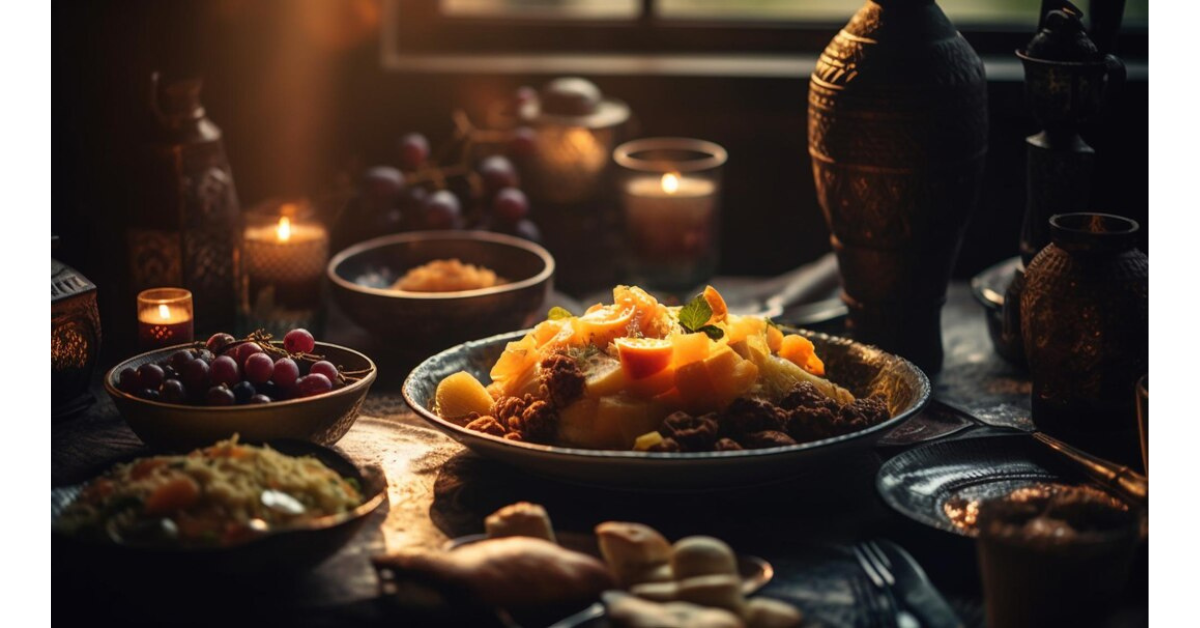Çeciir, also known as chickpeas in English, is a versatile legume that has been a staple food in many cultures for centuries. Its rich history, nutritional value, and culinary adaptability make it a fascinating subject to explore. In this article, we will delve into the world of çeciir, uncovering its origins, health benefits, cooking methods, and much more.
Introduction to çeciir
Çecii;r, scientifically known as Cicer arietinum, is a member of the Fabaceae family and is cultivated primarily for its edible seeds. It is believed to have originated in the Middle East thousands of years ago and has since spread to various parts of the world. Today, çecii;r is a global commodity, valued for its taste, texture, and nutritional content.
Historical Background of çeciir
The history of çeciir can be traced back to ancient civilizations such as the Egyptians, Greeks, and Romans, who all incorporated it into their diets. In fact, çecii;r was one of the earliest crops to be cultivated by humans, with evidence of its cultivation dating back to around 3000 BC. Over the centuries, çecii;r has played a vital role in sustaining populations during times of scarcity and has been revered for its ability to thrive in diverse climates.
Cultural Significance of çeciir
Across cultures, çeciir holds symbolic and cultural significance. In Mediterranean cuisine, it is a key ingredient in dishes like hummus, falafel, and salads. In Indian cuisine, it is used in curries, snacks, and desserts. The versatility of çecii;r makes it a cherished ingredient in traditional recipes passed down through generations.
Nutritional Value of çeciir
Çeciir is a nutritional powerhouse, rich in protein, fiber, vitamins, and minerals. It is particularly high in folate, iron, magnesium, and potassium, making it beneficial for heart health, digestion, and overall well-being. Additionally, çecii;r is a valuable source of plant-based protein, making it a popular choice for vegetarians and vegans.
Health Benefits of çeciir Consumption
Regular consumption of çecii;r offers numerous health benefits. It helps regulate blood sugar levels, promotes satiety and weight management, supports digestive health, and reduces the risk of chronic diseases such as diabetes and cardiovascular conditions. Incorporating çecii;r into a balanced diet can contribute to a healthy and active lifestyle.
Also Read: Pulsamento: The Heartbeat of Music
Cooking Methods and Recipes Using çeciir
There are various ways to enjoy çecii;r in culinary creations. From soups and stews to salads and spreads, çecii;r can be cooked, roasted, mashed, or sprouted to enhance its flavor and texture. Popular recipes like chickpea curry, roasted chickpeas, and chickpea salad showcase the versatility and deliciousness of this legume.
çeciir in Popular Culture
Beyond its culinary uses, çecii;r has made its mark in popular culture. It is often featured in films, literature, and art as a symbol of nourishment, resilience, and community. Its iconic shape and nutty flavor have inspired chefs, food enthusiasts, and creative minds alike.
Sustainable Farming Practices for çecii;r
As global demand for çeciir continues to rise, sustainable farming practices are crucial to protect the environment and ensure long-term viability. Practices such as crop rotation, water conservation, and organic farming methods promote biodiversity and reduce the ecological footprint of çecii;r production.
Market Trends and Global Demand for çecii;r
The çecii;r market is witnessing steady growth due to increasing consumer awareness of its nutritional benefits and culinary versatility. With rising demand for plant-based proteins and sustainable food options, çeciir products are gaining popularity in both retail and foodservice sectors worldwide.
Future Prospects and Innovations in çeciir Industry
The future of çeciir looks promising, with ongoing research and innovations aimed at enhancing its nutritional profile, flavor profiles, and sustainability. From value-added products like çecii;r flour and snacks to plant-based meat alternatives, the çeciir industry is evolving to meet changing consumer preferences.
Environmental Impact of çecii;r Production
While çeciir is relatively eco-friendly compared to animal-based proteins, its production still has environmental implications. Issues such as water usage, land degradation, and greenhouse gas emissions need to be addressed through sustainable farming practices and technological advancements.
Comparing çeciir with Other Legumes
In comparison to other legumes like lentils, peas, and beans, çecii;r stands out for its texture, flavor, and culinary adaptability. Each legume offers unique nutritional benefits and cooking characteristics, allowing consumers to diversify their diets and enjoy a wide range of flavors and textures.
çeciir as a Vegan Protein Source
For individuals following a vegan or plant-based diet, çecii;r serves as an excellent source of protein, essential amino acids, and micronutrients. Incorporating çecii;r into meals provides sustainable energy, supports muscle growth and repair, and promotes overall health and wellness.
Incorporating çeciir into a Balanced Diet
Including çeciir in a balanced diet is easy and delicious. From savory dishes like soups, salads, and curries to sweet treats like chickpea cookies and desserts, çecii;r adds nutrition and flavor to meals throughout the day. Experimenting with different recipes and cooking methods allows for creativity and enjoyment.
Conclusion
In conclusion, çeciir is more than just a legume—it’s a culinary gem with a rich history, nutritional benefits, and cultural significance. From ancient civilizations to modern kitchens, çecii’r continues to captivate taste buds and nourish bodies worldwide. Whether enjoyed in traditional recipes or innovative dishes, çecii;r offers a delightful dining experience that celebrates flavor, health, and sustainability.
FAQs about çeciir
Is çeciir gluten-free?
Yes, çecii;r is naturally gluten-free, making it suitable for individuals with gluten sensitivities or celiac disease.
How can I store cooked çeciir?
Cooked çeci;ir can be stored in an airtight container in the refrigerator for up to 3-4 days or frozen for longer shelf life.
What are some creative ways to use çeciir in recipes?
You can use çecii;r to make hummus, falafel, chickpea curry, roasted chickpeas, chickpea salad, and even desserts like chickpea cookies or brownies.
Are there different varieties of çeciir?
Yes, there are various types of çecii;r, including Kabuli (large, beige-colored) and Desi (smaller, darker-colored). Each type has its unique characteristics and uses in cooking.
Can çeciir be sprouted?
Yes, çecii;r can be sprouted to enhance its nutritional content and digestibility. Sprouted çecii;r can be used in salads, sandwiches, and wraps for added crunch and freshness.





